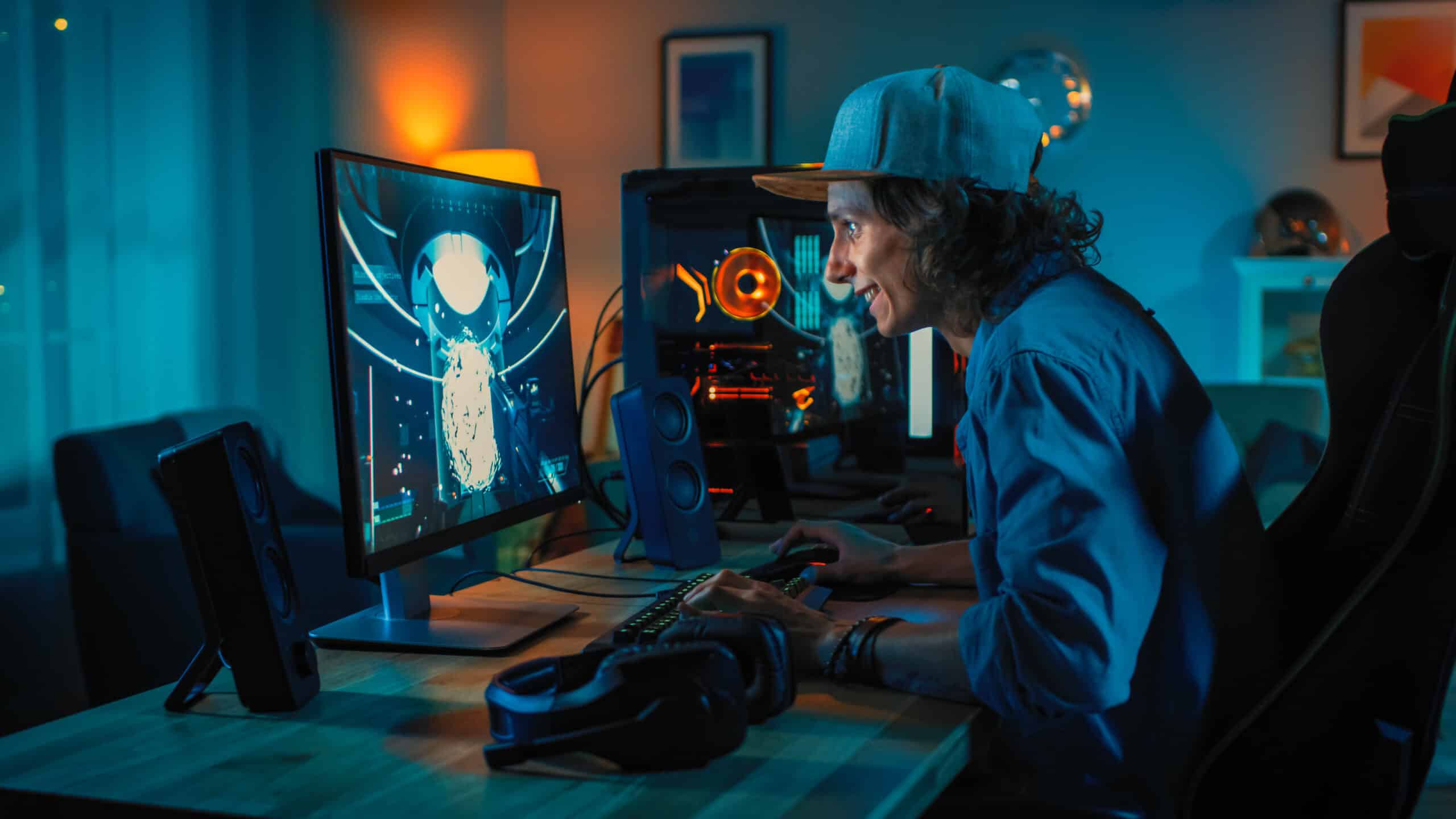Introduction
Welcome to the world of gaming, where every millisecond counts.
As a gamer, you know that a smooth and seamless gaming experience can make all the difference.
One crucial factor that affects your gaming experience is the refresh rate of your monitor.

The refresh rate determines how frequently your monitor updates the image it displays.
In this article, we will delve into the world of refresh rates for gaming monitors.
We will also discuss the factors you should consider when choosing the right refresh rate for your gaming needs.
Without further ado, lets dive into the exciting realm of gaming monitor refresh rates.
What is the Refresh Rate?
It is measured in Hertz (Hz), which represents the number of cycles per second.
Each update, known as a refresh, involves the monitor redrawing the entire screen.
It is important to note that the refresh rate is different from the frame rate.
Now that we understand what the refresh rate is, lets explore why it is crucial for gaming.
Why is Refresh Rate Important for Gaming?
The refresh rate of your gaming monitor plays a significant role in enhancing your overall gaming experience.
Here are a few reasons why refresh rate is important for gaming:
1.
Smooth and Fluid Gameplay:A higher refresh rate allows for smoother and more fluid gameplay.
This is especially important for fast-paced action games where quick reactions and smooth visuals are crucial.
With a higher refresh rate, input lag is significantly reduced, resulting in more immediate and responsive controls.
This can give you a competitive edge in online multiplayer games where split-second reactions can make all the difference.
Ghosting refers to the trail or blur that can occur when objects move quickly across the screen.
Now lets explore the common refresh rates available for gaming monitors.
It provides decent smoothness and is suitable for casual gaming or non-competitive gameplay.
This refresh rate is ideal for competitive gaming and fast-paced action games where quick reactions are crucial.
240Hz Refresh Rate:The 240Hz refresh rate takes smoothness and responsiveness to the next level.
Otherwise, you may not fully utilize the benefits of a higher refresh rate.
60Hz Refresh Rate
The 60Hz refresh rate is the standard refresh rate found in many gaming monitors.
With a 60Hz refresh rate, the monitor updates the image on the screen 60 times per second.
This means that each frame is displayed for approximately 16.67 milliseconds.
This is because the monitors refresh rate limits the maximum number of frames it can display per second.
In summary, a 60Hz refresh rate is suitable for casual gamers who prioritize image quality over smoothness.
Now, lets explore the next refresh rate: the 144Hz refresh rate.
This increased refresh rate makes a noticeable difference, especially in fast-paced action games where quick reactions are crucial.
One of the main advantages of a 144Hz refresh rate is the enhanced responsiveness it offers.
The 144Hz refresh rate is particularly beneficial for competitive gamers who need every advantage they can get.
In summary, a 144Hz refresh rate provides a significant improvement over the standard 60Hz refresh rate.
It offers smoother gameplay, reduced motion blur, and enhanced responsiveness.
Now, lets move on to the next refresh rate option: the 240Hz refresh rate.
240Hz Refresh Rate
The 240Hz refresh rate is the pinnacle of high refresh rates in gaming monitors.
This ultra-high refresh rate ensures that even the most fast-paced action scenes appear incredibly smooth and responsive.
The main advantage of a 240Hz refresh rate is the unparalleled level of smoothness it provides.
In summary, a 240Hz refresh rate provides the ultimate level of smoothness and responsiveness in gaming monitors.
It is ideal for professional gamers, competitive players, and those who prioritize the absolute smoothest gaming experience.
Here are some key factors to keep in mind:
1.
Gaming Preferences:Consider your gaming preferences and the types of games you typically play.
Graphics Card Capability:Determine the capabilities of your graphics card.
A higher refresh rate requires a higher frame rate to fully utilize its benefits.
Ensure that your graphics card can consistently produce frames that match or exceed the monitors refresh rate.
Budget:Consider your budget when choosing a refresh rate.
Higher refresh rates, such as 144Hz or 240Hz, are generally more expensive than a standard 60Hz monitor.
Take into account your gaming needs and budget constraints to find a balance that suits you.
Higher resolution monitors may require more processing power to achieve higher frame rates.
Future-Proofing:Consider future-proofing your gaming setup.
Technology is constantly advancing, and more demanding games are being released.
Personal Preference:Ultimately, personal preference plays a significant role in choosing the right refresh rate.
Consider what feels comfortable and enjoyable to you when making your decision.
If you crave a noticeable improvement in smoothness and responsiveness, a 144Hz refresh rate offers a significant upgrade.
Its important to find the right balance between these factors to create your ideal gaming setup.